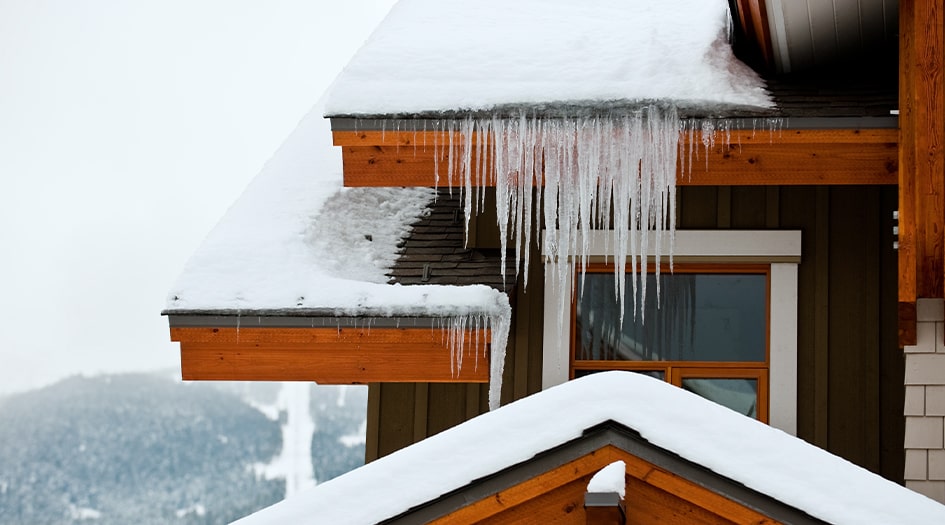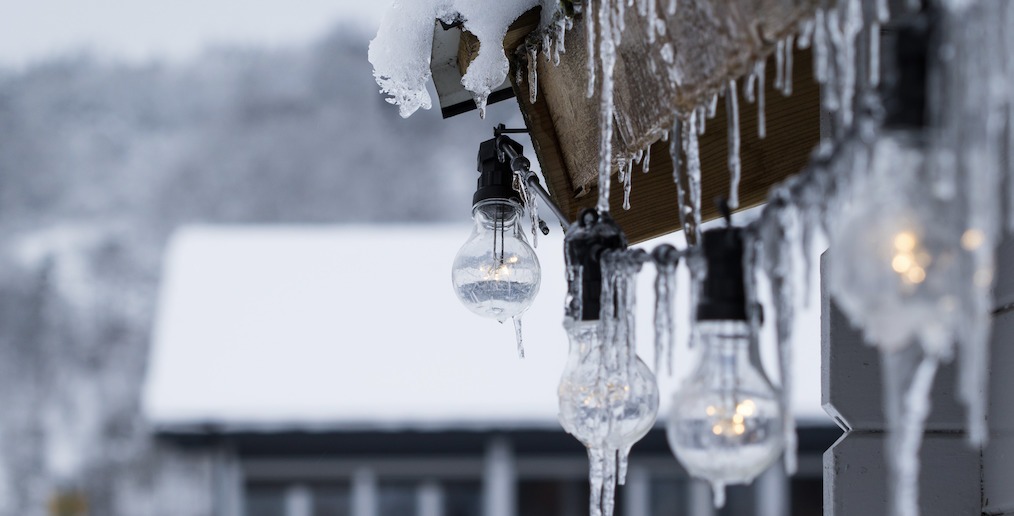Although New England winters bring many opportunities for fun, they also can create challenging and costly situations… especially for homeowners. One winter struggle that we deal with quite frequently here at Mcdonald Contracting is ice dams.
What are ice dams? Ice dams form on a roof when heat escapes and melts the snow; when the melted snow refreezes, it creates a blockage at the end of the roof that interferes with draining. This causes the water to leak under the roofing, which leads to costly interior damage.
So how can you protect and prevent your home from ice dams? The first thing that you need to know is that ice dams are not roofing problems but air-sealing problems.

Here are 5 tips to help solve and prevent ice dam issues –
1. Seal any air leaks: Grab some canned spray foam or sealant and fill any gap, crack, or hole. Look for gaps around lights, ceiling-mounted electrical boxes, and vent pipes.
2. Install heated cables: These are a great option if you use them before a storm or a spout of bad weather. To install, you clip the cables in a zig-zag pattern along the roofline. The heated cables melt the snow at the edge of the roof before the dams have the chance to form.
3. Keep your roof clean: Investing in a roof rake (which resembles a long-handled shovel) is a great solution to preventing ice dams. You simply pull off the snow with the rake to avoid the buildup of snow and ice.
4. Add insulation: As we know, ice dams are caused by air-sealing issues; adding more insulation to areas that the leakage occurs in will keep the heat where it belongs!
5. Cap the hatch: If you have an unsealed attic hatch, this can create a huge opening for heat to leak out. To prevent any heat from coming out, cover the hatch with weatherstripped caps.
If you are dealing with ice dams this winter or worried about them in the future, we can help! If you haven’t had to deal with them yet, you may want to consider taking the correct measures to prevent any future damage.



